Archives
- 2025-12
- 2025-11
- 2025-10
- 2025-09
- 2025-03
- 2025-02
- 2025-01
- 2024-12
- 2024-11
- 2024-10
- 2024-09
- 2024-08
- 2024-07
- 2024-06
- 2024-05
- 2024-04
- 2024-03
- 2024-02
- 2024-01
- 2023-12
- 2023-11
- 2023-10
- 2023-09
- 2023-08
- 2023-06
- 2023-05
- 2023-04
- 2023-03
- 2023-02
- 2023-01
- 2022-12
- 2022-11
- 2022-10
- 2022-09
- 2022-08
- 2022-07
- 2022-06
- 2022-05
- 2022-04
- 2022-03
- 2022-02
- 2022-01
- 2021-12
- 2021-11
- 2021-10
- 2021-09
- 2021-08
- 2021-07
- 2021-06
- 2021-05
- 2021-04
- 2021-03
- 2021-02
- 2021-01
- 2020-12
- 2020-11
- 2020-10
- 2020-09
- 2020-08
- 2020-07
- 2020-06
- 2020-05
- 2020-04
- 2020-03
- 2020-02
- 2020-01
- 2019-12
- 2019-11
- 2019-10
- 2019-09
- 2019-08
- 2019-07
- 2019-06
- 2019-05
- 2019-04
- 2018-11
- 2018-10
- 2018-07
-
br Development of the double strand break repair model for
2020-12-25
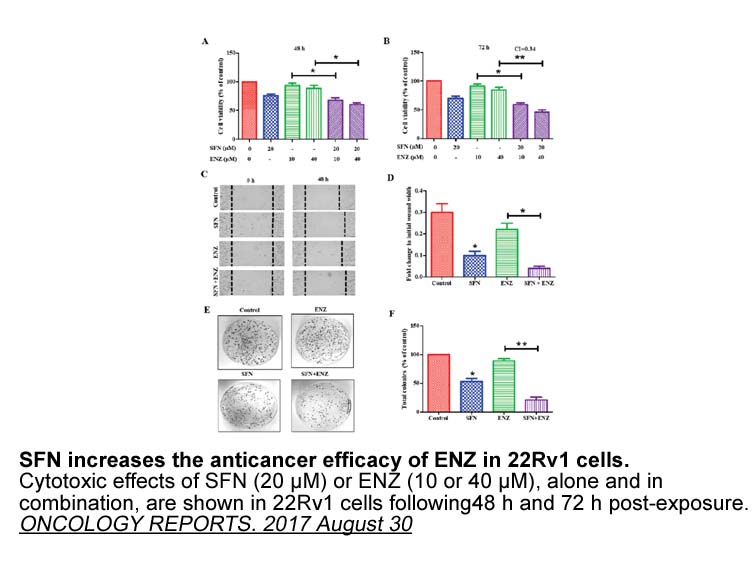
Development of the double strand break repair model for meiotic recombination Meiotic recombination was first described by Frans Alfons Janssens using teneligliptin in the salamander Batracoseps attenuatus in 1909 [21] and then further elaborated at the genetic level in Drosophila by Thomas H. M
-
The ribosomal synthesis of D
2020-12-25

The ribosomal synthesis of D-proteins is not currently feasible; the best effort undertaken so far was limited to the translational incorporation of two D-amino acids into the nascent protein chain by means of modified ribosomes (Dedkova et al., 2006). We therefore apply solid-phase peptide synthesi
-
br Conclusions br Acknowledgements br Introduction
2020-12-25
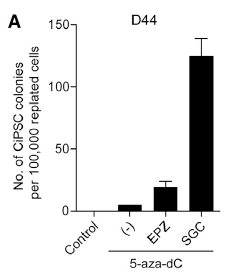
Conclusions Acknowledgements Introduction Liver cancer was the fifth most common cancer and the second leading cause of cancer-related death worldwide [1]. Most of primary liver cancers (70–90%) occurring worldwide are hepatocellular carcinoma (HCC) [2]. Persistent hepatitis B virus (HBV) i
-
Defensins are one major class of
2020-12-25

Defensins are one major class of antimicrobial, cationic peptides that are released from JIB-04 and imbedded in the mucus layer on mucosal surfaces [45]. They can be categorized into two major families; α- and β-defensins. In humans there are two α-defensin members, defensin 5 (HD5) and defensin 6
-
n methyl d aspartic acid receptor Compounds and administered
2020-12-25
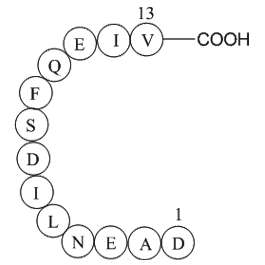
Compounds , , and administered orally to fasted Harlan Sprague-Dawley rats 1h prior to trigeminal stimulation, decreased extravasation in this model in a dose-related manner, with an estimated ID of 1, 10 and 100μg/kg, respectively (determined 15min after stimulation, ). For comparison, the clinica
-
Many authors have described the existence of
2020-12-24
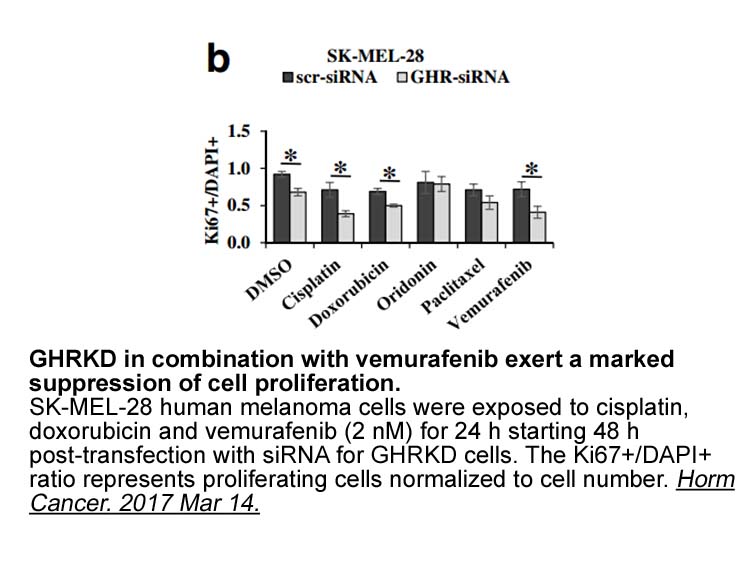
Many authors have described the existence of correlation between viability and moisture content and therefore, water availability. Sabuquillo et al. (2010) demonstrated that only Penicillium oxalicum conidial formulations whose initial moisture contents ranged between 5 and 14% retained their viabil
-
We found that E and GEN each has
2020-12-24
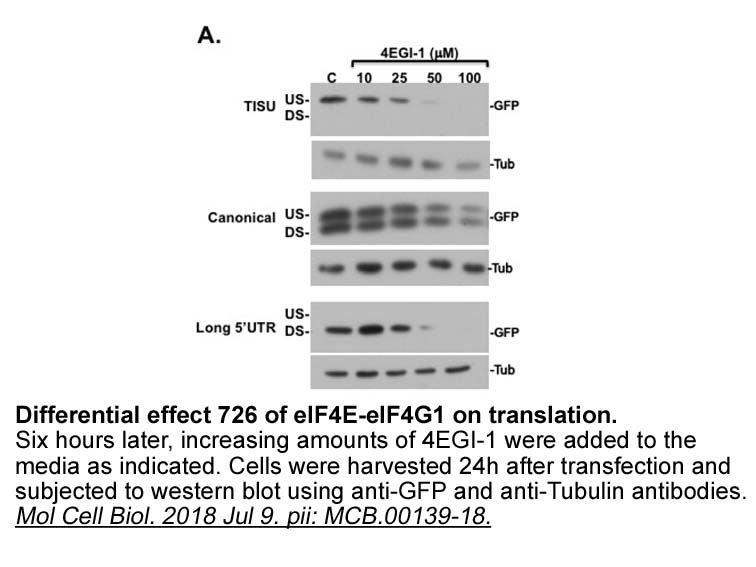
We found that E2 and GEN each has mostly similar effects on recruitment of the epigenetic modulators to the MB-COMT distal promoter (summarized in Table 2). These effects are associated with increased promoter methylation and gene suppression of COMT. It is noted that the array of epigenetic modulat
-
An interesting observation pertinent to the immunology
2020-12-24
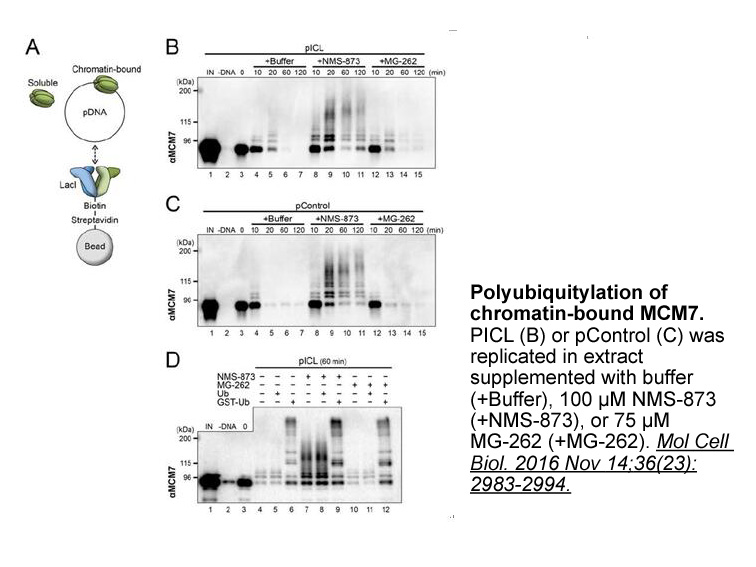
An interesting observation pertinent to the immunology of pregnancy comes from a study by Kruse et al., they found that recurrent miscarriage patients with higher serum progesterone levels had lower Th1/Th2 cytokine ratios suggesting that progesterone levels modulate cytokine production patterns. Pr
-
Many researchers studied the experimental investigation of
2020-12-24
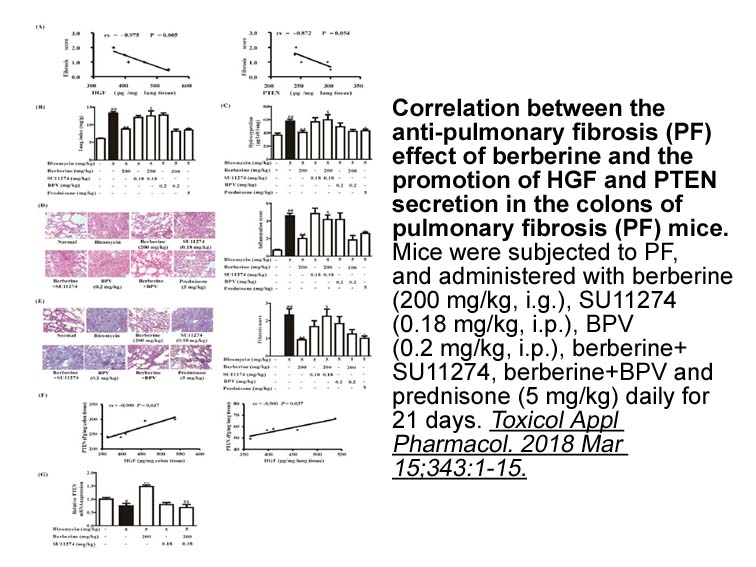
Many researchers studied the experimental investigation of RHA in cement enhances the strength and durability of the concrete [9], [10], [11], [12]. It is most important that concrete must withstand its strength even after it is being exposed to any corrosive environment over a period of time. In ad
-
EphB promotes tumor growth by stimulating angiogenesis throu
2020-12-24
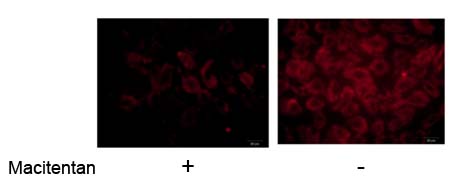
EphB4 promotes tumor growth by stimulating angiogenesis through EphrinB2 [18]. However, the distinct and specifically involvement of estrogen receptor antagonist and veins in the tumor angiogenesis of all tumor grades is unclear. Our results indicate that the relation between EphrinB2 and EphB4 sta
-
Introduction Neuropathic pain occurs in approximately one th
2020-12-24
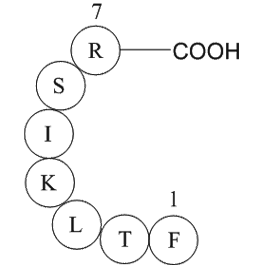
Introduction Neuropathic pain occurs in approximately one-third of patients with diabetes and is refractory to currently available analgesic drugs (Abbott et al., 2011). This painful diabetic neuropathy (PDN) is associated with elevated levels of methylglyoxal (MG; a reactive glucose metabolite) an
-
Importantly we observed significantly the reduced myocardial
2020-12-24
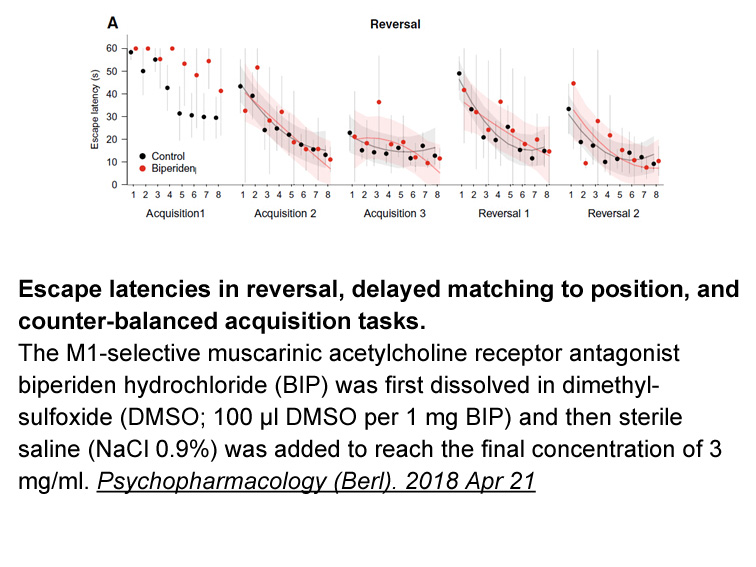
Importantly, we observed significantly the reduced myocardial infarct size, the improved left ventricular function and the inhibited fibrosis after I/R with oral GA-BH4 supplementation before ischemia (Fig. 1, Fig. 2, Fig. 3). Usually, there is a view that the antioxidation induced by reducing agent
-
Enolase as a plasminogen receptor and activator localized
2020-12-24
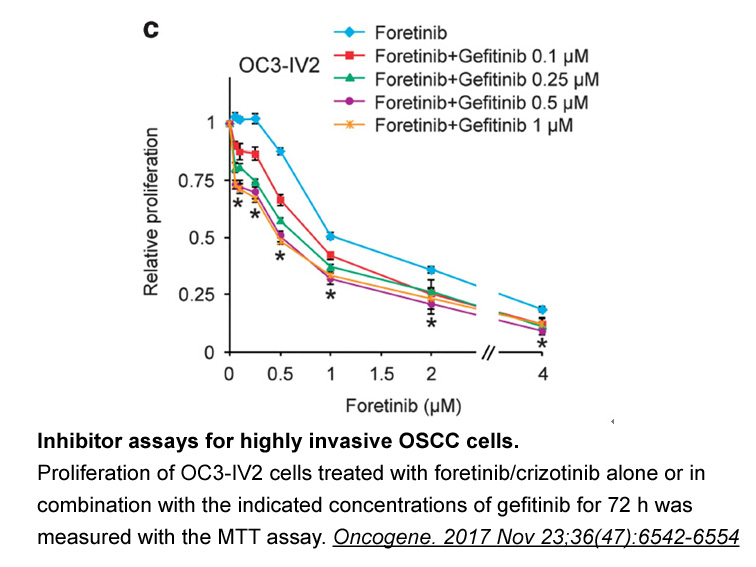
Enolase, as a plasminogen receptor and activator localized on the surface of several helminths, can interact with the host fibrinolytic system (Yang et al., 2010, Du et al., 2009, de la Torre-Escudero et al., 2010). The enzyme is also one of excretory/secretory (ES) products in some helminths, such
-
br Conflict of interests br Introduction Ubiquitylation
2020-12-24
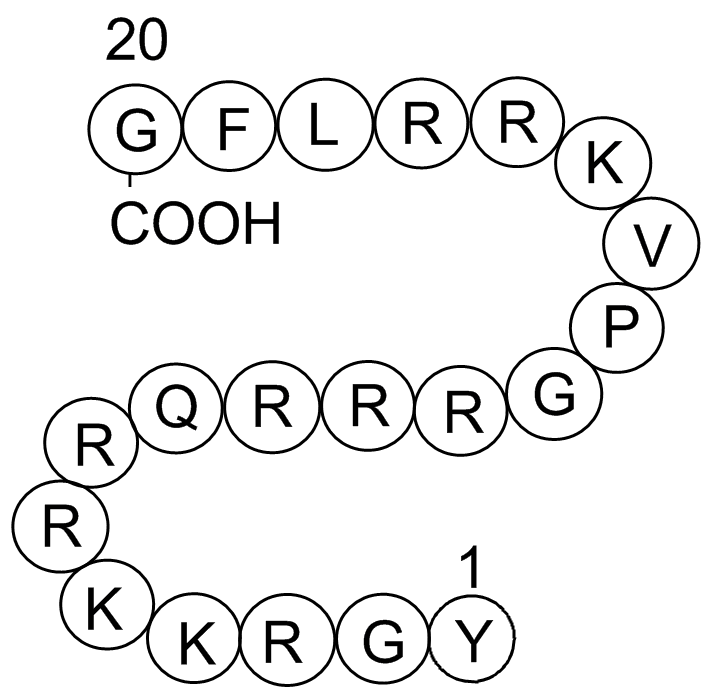
Conflict of interests Introduction Ubiquitylation is a post-translational modification which impacts almost every biological process in the cell. Dysregulation of the ubiquitylation pathway is associated with several diseases, including cancer, neurodegenerative disorders, and immunological dy
-
In summary we hypothesize that targeting the A R
2020-12-23
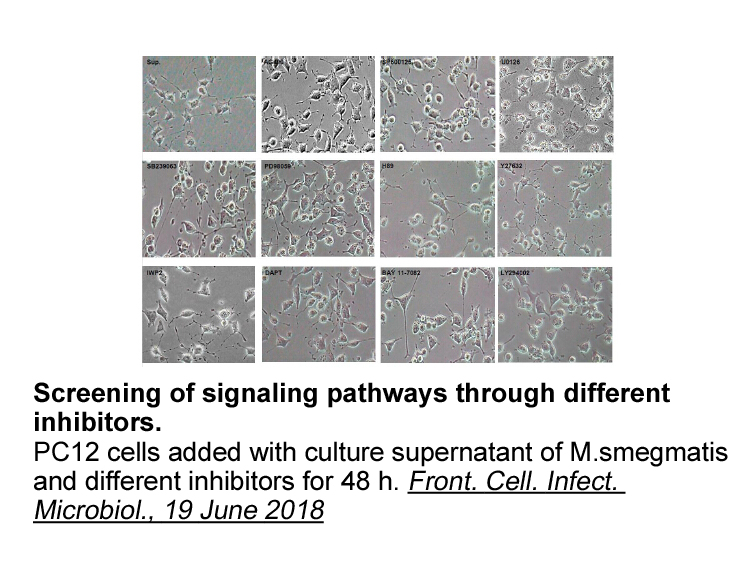
In summary, we hypothesize that targeting the A1R–D1R heterotetramer with heteromer-selective drugs might improve safety and efficacy of the pharmacological therapy for RLS and other motor diseases, resulting in fewer side effects than classical drugs developed for targeting monomeric A1R or D1R.
15767 records 702/1052 page Previous Next First page 上5页 701702703704705 下5页 Last page